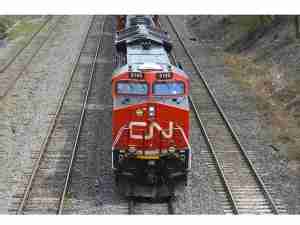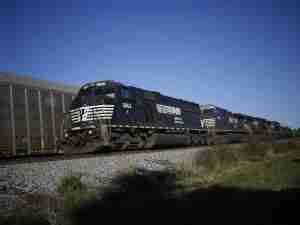Bloomington, IN - After a basically neutral reading in November, FTR’s Shipping Conditions Index (SCI) moved into positive territory in December. The December SCI measure at 1.7 was the strongest for the index since August of 2016. After a short weakening period in 2019Q1, the SCI is expected to maintain the December level through the balance of the year. The unusual dual positive readings in December for measuring both Shippers Conditions as well as Trucking Conditions were primarily driven by improved freight volume and lower fuel prices without much change in freight rates.
Todd Tranausky, vice president of rail and intermodal at FTR, commented, “Stable fuel prices, a turn in rail service levels, and loosening truck capacity have combined to create a favorable environment for shippers seeking to move freight. The situation is forecast to continue for much of 2019, as fuel prices remain stable and economic conditions hold firm.”
The February issue of FTR’s Shippers Update, published February 8, 2019, details the factors affecting the December Shippers Conditions Index. Also included is an analysis of the state of the spot market.
The Shippers Conditions Index tracks the changes representing four major conditions in the U.S. full-load freight market. These conditions are: freight demand, freight rates, fleet capacity, and fuel price. The individual metrics are combined into a single index that tracks the market conditions that influence the shippers’ freight transport environment. A positive score represents good, optimistic conditions. A negative score represents bad, pessimistic conditions. The index tells you the industry’s health at a glance. In life, running a fever is an indication of a health problem. It may not tell you exactly what’s wrong, but it alerts you to look deeper. Similarly, a reading well below zero on the FTR Trucking Conditions Index warns you of a problem...and readings high above zero spell opportunity. Readings near zero are consistent with a neutral operating environment. Double digit readings (both up or down) are warning signs for significant operating changes.








